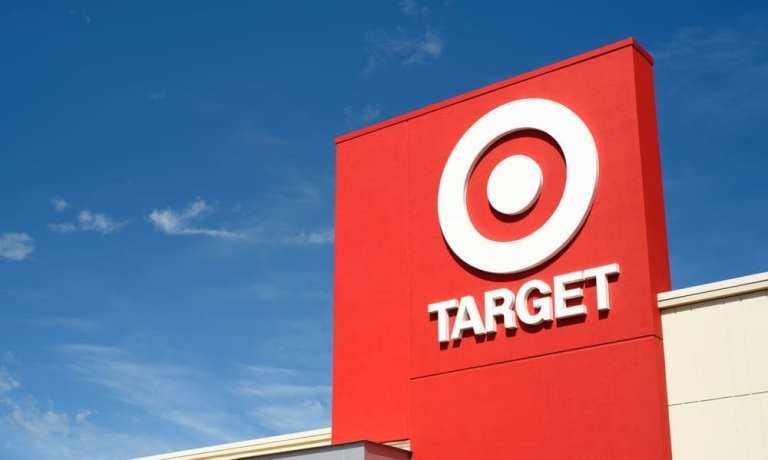
Same-day services at Target will soon include fresh food staples and alcohol, according to CNBC.
Along with items like paper towels, packaged chips and more, customers will now have the option of grabbing a gallon of milk or a six-pack without ever entering the store.
Minneapolis-based Target will also test convenience-store sized retail locations in some places.
Both of the new developments were announced on a Tuesday (March 3) earnings call. Target plans to begin testing for fresh food pickup and drive-up services in the Twin Cities later this month, and plans to expand the fresh food options to roughly half of its stores nationwide by the holiday season.
The retailer will be testing the pickup and drive-up idea in Florida and Oregon by late March. And by the fiscal fourth quarter, it’s gunning to have those services available in most stores.
Target’s focus as of late has been on making items available quicker and easier, whether customers come into the store or are accessing it via a mobile app while doing something else. Same-day services have been a boon for the retailer. Customers have the option of picking up items in-store that they ordered online, getting those items in a drive-up, or getting them through Target’s delivery service, Shipt.
The company has also dabbled in using robots and machine learning to reduce out-of-stock items.
Last year, same-day services accounted for around three-quarters of Target’s digital sales revenue, and the services grew by 90 percent. Same-day drive-up sales shot up by 500 percent last year and order pickups grew by 50 percent.
Brian Cornell, CEO of Target, cited customer loyalty as another benefactor of growth — he said customers who try the same-day services are likely to use them again in the future. He said nearly a third of customers who placed same-day orders had never used Target’s website before.
However, even as Target adds alcohol and fresh items to its same-day roster, online sales are slowing. The retailer said digital sales were up 20 percent in the fiscal fourth quarter, down from 31 percent a year prior.